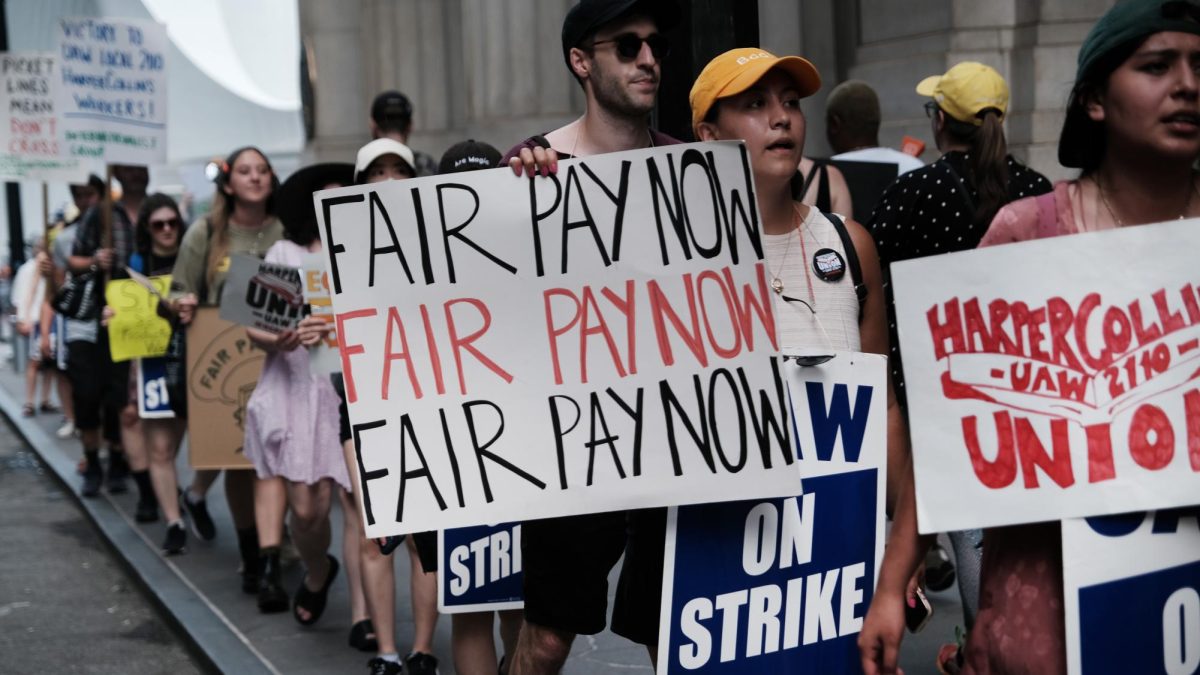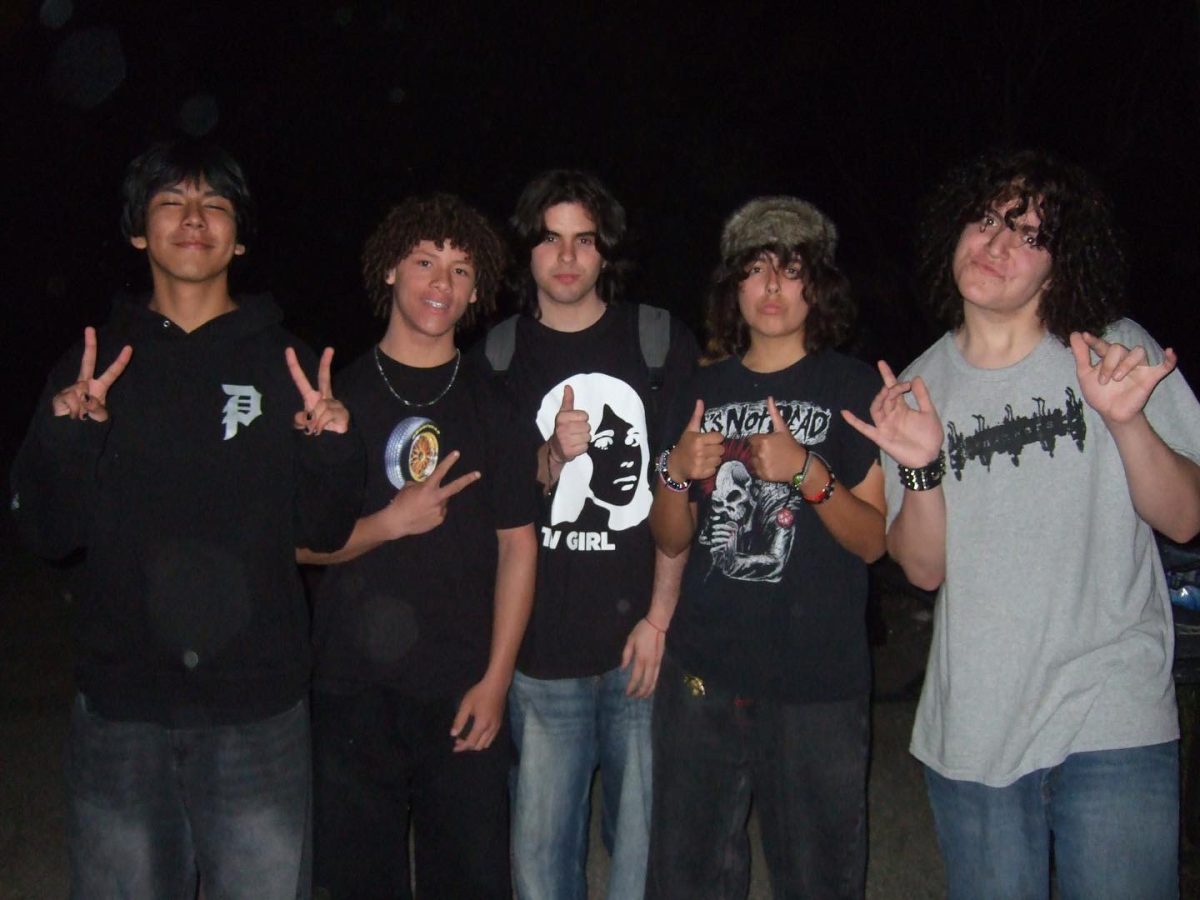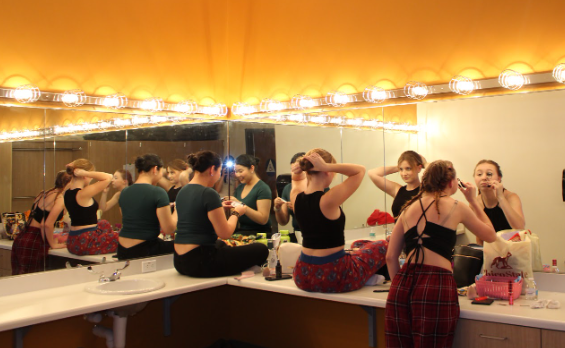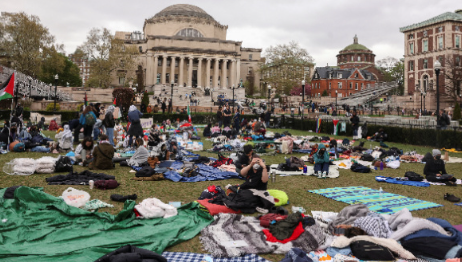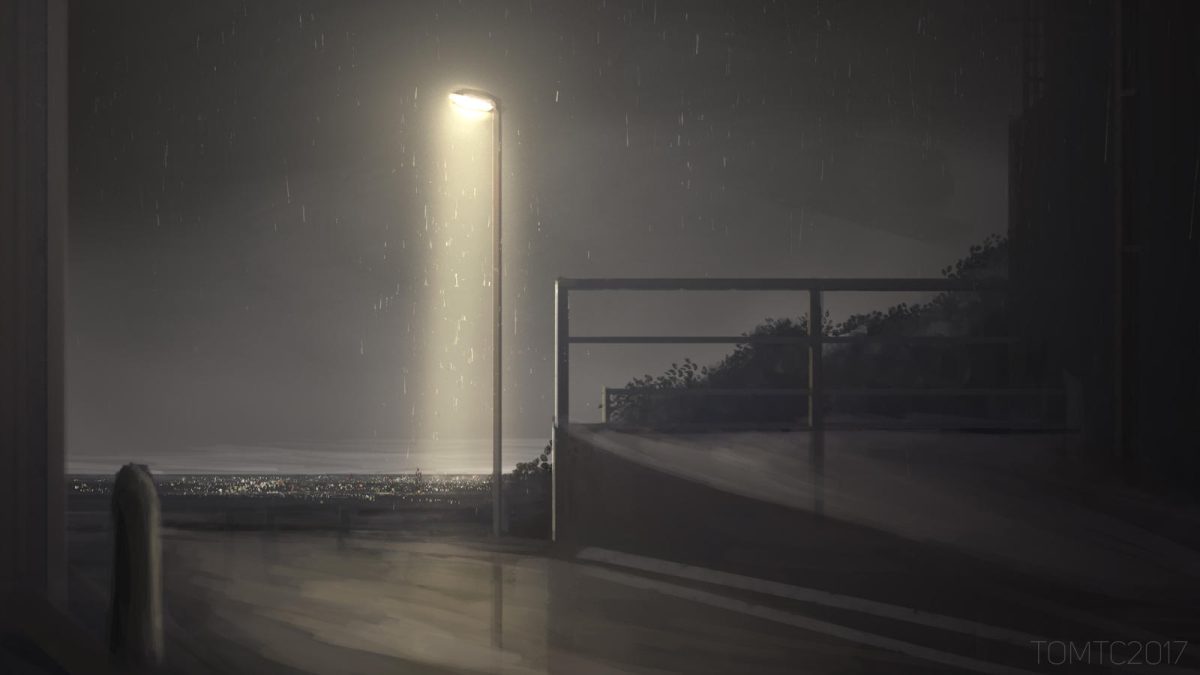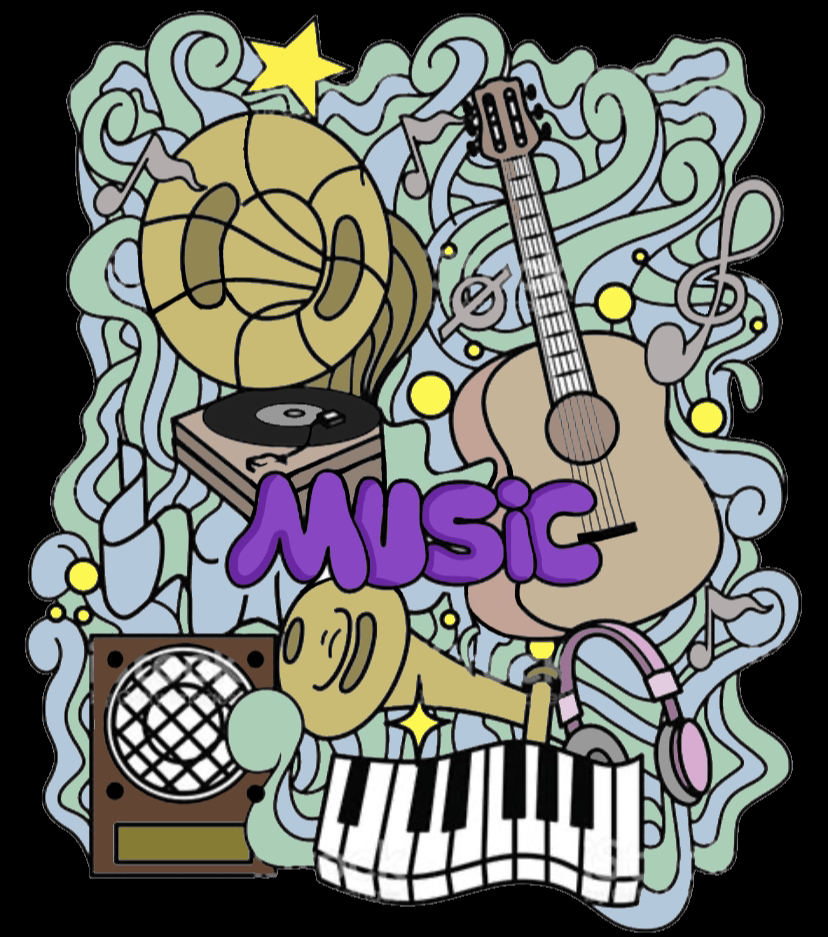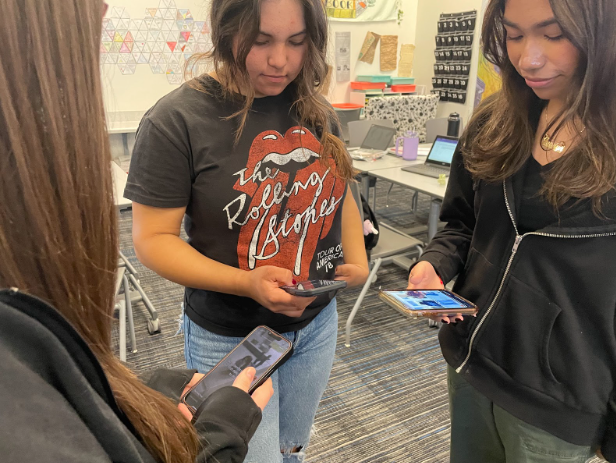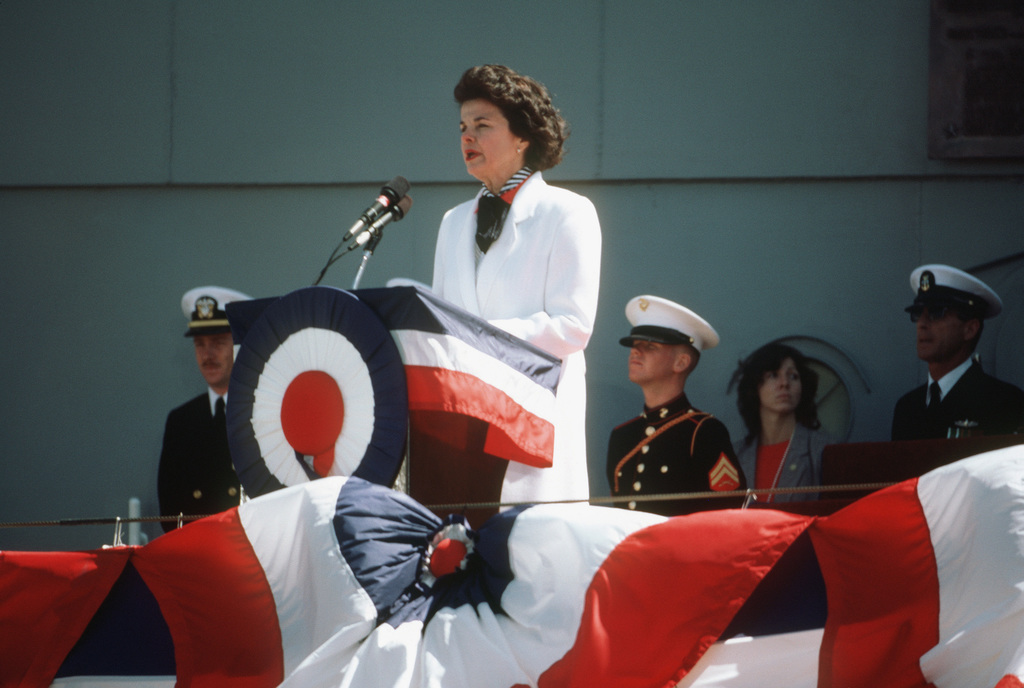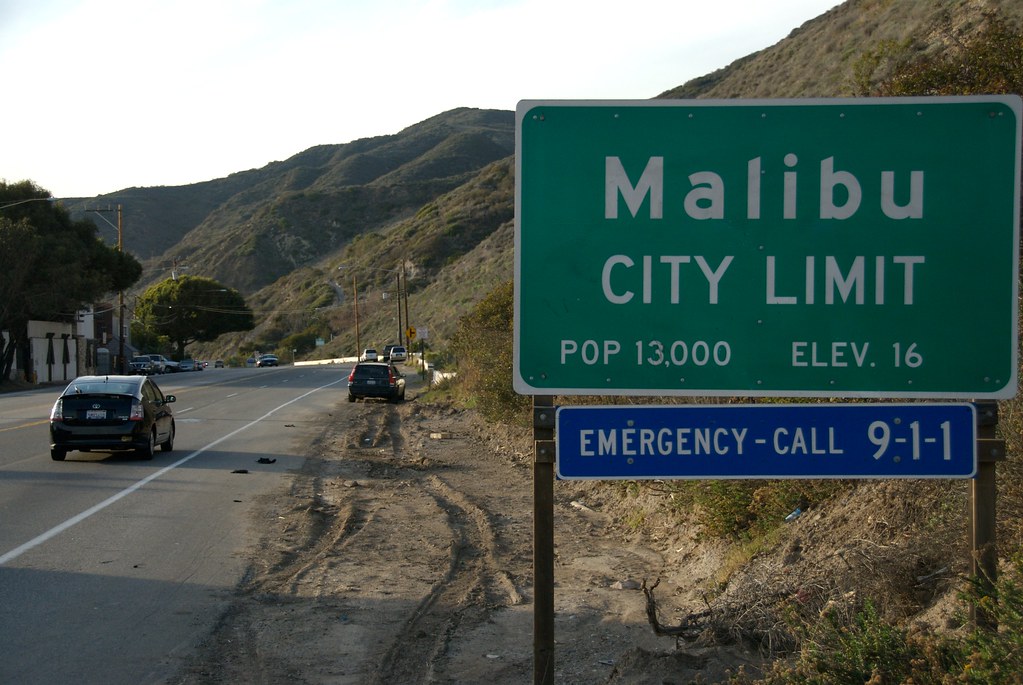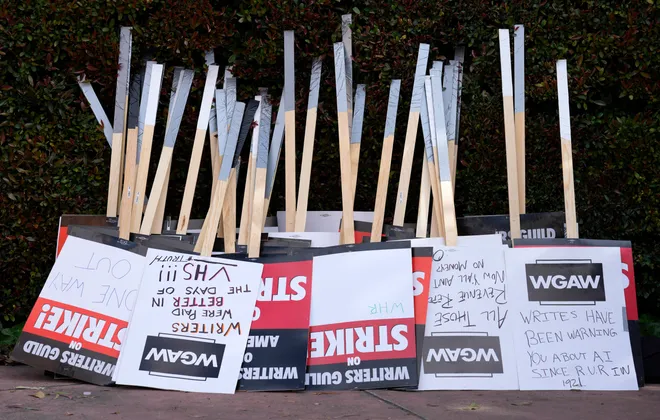As 2023 draws to an end, it takes only a bit of reflection to realize that it was the year of labor strikes. Through most of the year, union members in all different sorts of industries, ranging from Hollywood writers and actors to bus drivers, have gone on strike from their employers due to demands for better wages and protection from technology.
On May 2, the domino effect of strikes started when the Writers Guild of America, otherwise known as WGA, declared they were on strike from the Alliance of Motion Picture and Television Producers, also known as the AMPTP. This was due to the writers demanding higher wages, better residuals, and protection from artificial intelligence. Since then, the WGA and the AMPTP have reached a tentative deal that is looked at as a win for the writers, as it requires minimum staffing requirements, bonuses to writers based on viewership data, and strong limits on artificial intelligence.
Even though the WGA strike has ended, it has fueled other unions around the country to go on strike from their employers for better wages and other necessities. This includes the writers’ Hollywood union counterpart, the Screen Actors Guild (SAG-AFTRA), the United Auto Workers (UAW), healthcare workers for Kaiser Permanente, and local Santa Clarita Transit drivers.
Although the strikes are beginning to be beneficial for workers around the country, a lot of people have been asking why these unions have taken so long to take a stand against these issues.
History of Unions and Strikes
Unions have been a staple in the economic workforce for centuries here in the United States. Labor unions are coalitions of workers that are formed to negotiate with their employers to shield and extend workers’ rights. When the unions and their employers cannot come to an agreement, they protest by halting their work. Throughout their history, unions have had many peaks and valleys from the use of the strike.
“If you look at history, strikes have been met with very mixed reactions, in terms of response,” said Mr. Welch, the APUSH and government teacher here at Castaic High School.
“Earliest strikes were met with a lot of resistance and a lot of violence. As you get into the middle of the Twentieth Century though, unions were seen as more legitimate. But, around the 1980s is when union membership started to drop and approval of strikes started to shift again. The Air Traffic Control strike really shifted views when Ronald Reagan told the air traffic workers they were not allowed to take a stand for better wages. So I think that really changed the perspective on how strong our unions are in this country and how much power strikes have.”
Recent Times
A lot has changed since the decreasing approval of strikes in the 1980s. In fact, months before the Writer Strike even occurred, Americans had an approval rating for unions of 71%, the highest since 1965 and a six percent jump since before the COVID-19 Pandemic. Some have said the Pandemic caused union members to take a stand against their employers due to “essential” workers still being forced to work through a deadly virus for certain industries like meat packing and grocery stores. To add to the risk of death, these workers were still receiving somewhat low wages with no benefits. But with the support growing for unions, employers have been pushing back with the threat of using new technology, like artificial intelligence, to replace workers.
“The pandemic was a weird time because a few people were making a lot of money, but that money unfortunately was not making it into the hands of the people that deserved it the most,” Welch added. “So when we came out of the pandemic, we started to see that workers were going to carry over that feeling of unequal balance between themselves and their bosses.”
But with the support growing for unions, employers have been pushing back with the threat of using new technology, like artificial intelligence, to replace workers. In recent times, a striking number of companies are now adopting AI into their work environments to improve and increase production of products.
Although companies and employers have started using artificial intelligence, it has been met with staunch and vocal opposition from unions, especially the WGA and SAG-AFTRA.
SAG-AFTRA President Fran Drescher said “When you have a combination of Wall Street, greed, technology, and whizz kids that I am not seeing exemplify a great deal of empathy – it’s a deadly cocktail, in my opinion. And I don’t want us to have to drink that poison anymore.”
Since that article, the WGA has successfully been able to put limits on artificial intelligence with the AMPTP in their new contracts, restricting the usage of AI unless writers choose to use it. Although, SAG-AFTRA is still having disputes with them on its usage.
“I certainly hope we can move things forward quickly, but there are important issues that are still open, and until they’re done, there’s no deal.” said Duncan Crabtree-Ireland, the chief negotiator for SAG-AFTRA, in an interview with Variety.
Besides the Hollywood Strikes, there have been other strikes happening across the country for other causes. The other prominent walkout was the United Auto Workers strike that started September, which involved automobile manufacturers halting labor with the big three auto companies, Ford, General Motors, and Stellantis, after they and the UAW couldn’t come to an agreement on better wages for their employees.
Fortunately, the auto worker strikes have just wrapped up, with the big three finally agreeing to give auto workers a 30% pay increase. This is the first time in 15 years that workers will receive a pay increase after agreeing to concessions back in 2008 to keep the auto industry going after the Global Financial Crisis.
“It is a turning point in the class war that has been raging in this country for the past 40 years,” said UAW President Shawn Fain when responding to the historic agreements. “This contract demonstrates the incredible power workers have when they are not afraid to use it.”
Along with the Hollywood and UAW strikes was the long-awaited healthcare labor strike, which saw Kaiser Permanente workers going on a three-day walkout on Oct. 4 in protest for being understaffed and underpaid. It was resolved quickly when Kaiser agreed to give their workers a 21% pay increase over the next four years.
“This deal is life-changing for frontline health care workers like me, and life-saving for our patients,” said Yvonne Esquivel, a pediatric medical assistant at Kaiser Permanente when giving an interview with NPR.
When asked about the successes of these nationwide movements, Terra Mason, a senior at Castaic High School, wasted no time giving her two cents on why these wins for workers are a good thing.
“With such high prices right now, I really think it’s a good thing that workers are coming together to stand up for themselves and their families in their workplaces,” Mason said. “Everyone deserves better pay.”
Santa Clarita Bus Strike
At the moment, even students at Castaic High School have been affected by the labor movements, the most relative to the school being the Santa Clarita MV Transit Strike.
According to the Santa Clarita Transit website, MV Transportation and the city have been having labor disputes, which have led to a transit strike. Unfortunately, this has caused there to be no city buses able to pick up students, including students at Castaic High School.
“It’s been tough, but we’ve still had a charter bus picking us up each day,” said Tyler Aseltine, a student at Castaic High School who takes the Santa Clarita Transit bus home everyday. “Unfortunately, there’s only one bus that picks us up so it’s pretty packed inside.”
Although upset with the situation, Azeltine said he still wants to see the city bus drivers succeed and receive better wages and working conditions.
“The city bus drivers do a lot more than just drive students around,” Azeltine added. “They are responsible for transporting people all over the city. I’m sure it’s tiring to have to drive everywhere.”
What Happens Now?
In time, labor unions have shown signs of regaining the power and popularity that they once had in the United States through these labor movements.
“I think the biggest takeaway from all of these strikes is that they still work and still benefit unions,” Mr. Welch added. “Especially, when you have most of the American people on your side.”


